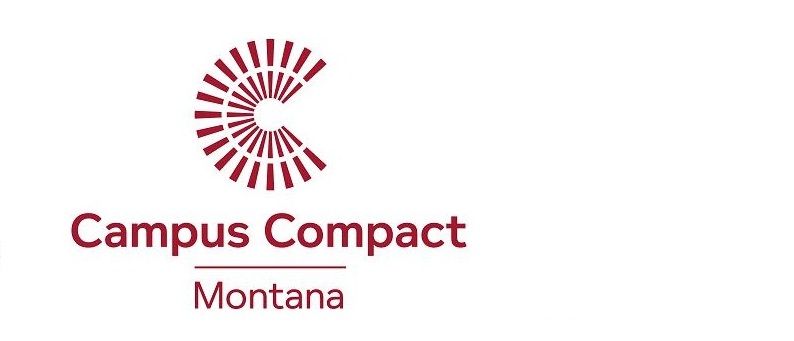During our training, the first challenge was landing on the surface of Mars! I worked with a partner using the Engineering Design Process (EDP). Together we embarked on a mission of building a drag device to slow down a capsule to the surface of mars. We were able to finish a great prototype at the training and then I was on my way home to start the program in Big Fork.
We started off the program at ACES with some team building. Then we broke up into two teams. Our first mission was to come up with a team name, mission patch and a vision statement.
Team One: The Cat-stronauts, proclaiming; “Alone we can do so little, together we can do so much!”
Team Two: The Orion Landers and their vision statement is; “Let's take a trek.”
On day two we got together and played a rousing game of hot seat with our vocabulary words for the course. Then we discussed in more detail the criteria and constraints of the challenge.
Our Mission: Build a drag device to slow down a capsule for landing on the surface of Mars.
Constraints:
1. Only the materials provided can be used for the drag device.
2. The drag device must connect to a team-built cargo bay that is assembled using the template provided in the student journal section.
3. The overall mass cannot exceed 50 grams.
4. The drag device must have angled or round edges; one big circle is not allowed.
5. The cargo bay should be protected by the device when it is dropped from a height of one, two and three meters.
Then to finish off the day the students wrote a letter to our Program Director at ACES, explaining their new job as a NASA Scientist.
 |
| The team working hard on the design of their parachute. |
This period was hard work for the teams, we concentrated super hard and powered through. Each team worked separately on a design that fulfills the constraints of our project.
The teams powered through, then came together at the end to see and explain to each other their design. They came up with two prototypes to begin building.
We started off the New Year with a bang by meeting NASA scientist, David Berger! He grew up on a small farm in Indiana wanting to work on the next NASA rocket plane/spacecraft. He was fortunate enough to be able to start working at NASA as a co-operative education student in college. At NASA he has worked in propulsion, aerodynamics, systems engineering, flight test engineering, chief engineering and education technical management positions.
After our call with David Berger we started building our devices! The kids took to it and worked well together, creating and adapting the model as they used different materials.
Next up, we went out and tested our two designs! Then they spent time reworking designs to see what we could improve upon based on the first test’s performance. The kids were super excited to try their prototypes! Following a few design changes, it was time to test them once again.
The kids learned the importance of having a big light surface area chute with a hole to help stabilize the craft on the descent. Their last chute proved to work the best as they continued to consider weight and surface area ratios.
 |
| Testing the parachute and taking notes. |
We also had the pleasure to talk with Kurtis Long. Kurtis Long is a research engineer at NASA Ames Research Center. He runs wind tunnel tests to investigate the lift, drag, and flow patterns of different objects. We had a really great experience listening and asking questions. Mr. Long congratulated the students on their designs, and was happy to see they had come up with a few ideas that NASA also had. ie; A parachute designed with a hole in the center, and a cupped capsule to catch wind.
Our final discussion with NASA was career oriented. We met with the Johnson Space Center, It is the center dedicated to astronauts. Our Subject Matter Expert was Sarah McNamara. Mrs. McNamara works on the guidance, safety release and evacuation for the Orion Lander. She answered a ton of questions the kids had for her about different careers NASA has to offer - from doctors to divers. She also spoke on becoming a NASA Scientist and how to do it! She said goodbye in a really neat way - by showing us a live view from space!
Finally, the last week was upon us. We made the finishing touches on our video and even shared a little time at the local Dairy Queen and having a celebratory ice cream cone.
Thanks for following our journey. We all learned a lot and can’t believe we got to talk to real astronauts!



